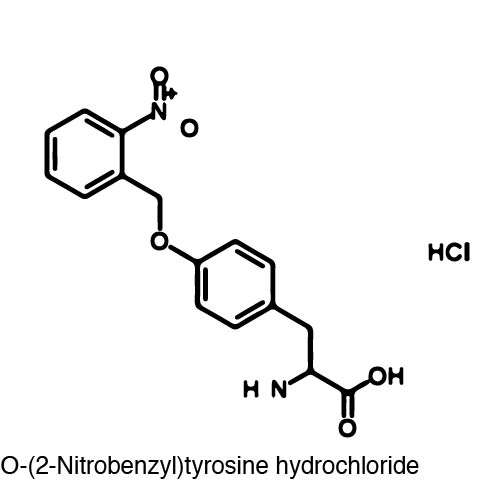Team:Austin Texas/photocage
From 2014.igem.org
Jordanmonk (Talk | contribs) |
Nathanshin (Talk | contribs) |
||
| Line 78: | Line 78: | ||
=Introduction= | =Introduction= | ||
| + | Using the method of non-canonical amino acid incorporation into Amber stop codons, the University of Texas iGEM team created a light-activatable T7 polymerase (RNAP) for the spatio-temporal control of protein expression. The light-activatable T7 RNAP was created by mutating an amber stop codon at position 639 of the O-helix, which is a crucial domain involved in the polymerization of RNA. Ortho-nitrobenzyl tyrosine (ONBY), which is a "photocaged" ncAA, was then incorporated at that position to halt the activity of RNAP. By inducing the polymerase with non-phototoxic UV light, the ONB group of the non-canonical amino acid is cleaved, allowing the RNAP to function properly. Because of its orthogonal nature, T7 RNAP will only induce the expression of proteins that are preceded by a T7 promoter. Because T7 promoters are not natively found in E.Coli, a plasmid containing a protein bound to a T7 promoter may be exclusively expressed through the introduction of 365 nm light. | ||
[[Image:orthonitrobenzyl_tyrosine_structure.jpg | 250px ]] | [[Image:orthonitrobenzyl_tyrosine_structure.jpg | 250px ]] | ||
Revision as of 22:12, 11 October 2014
|
 "
"



